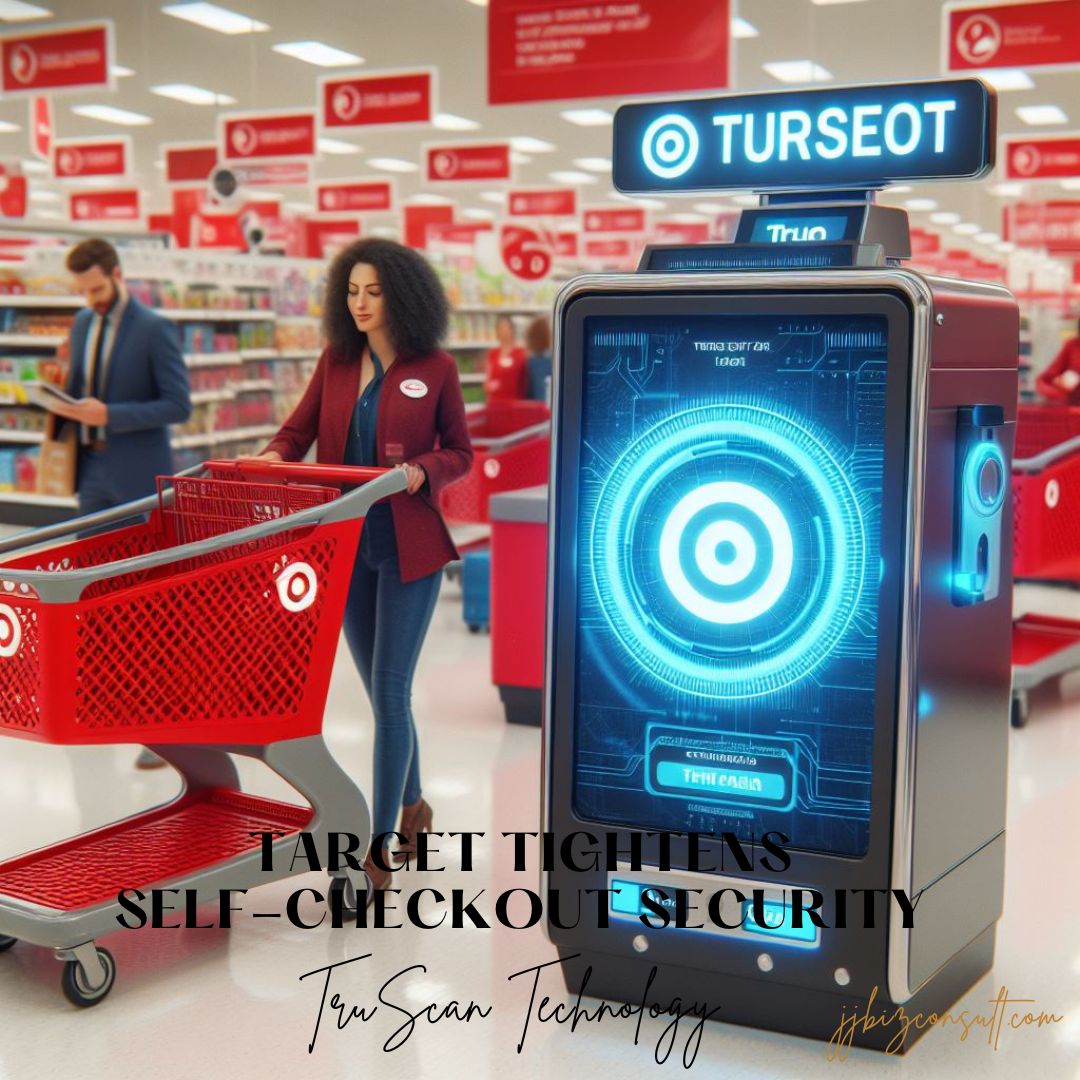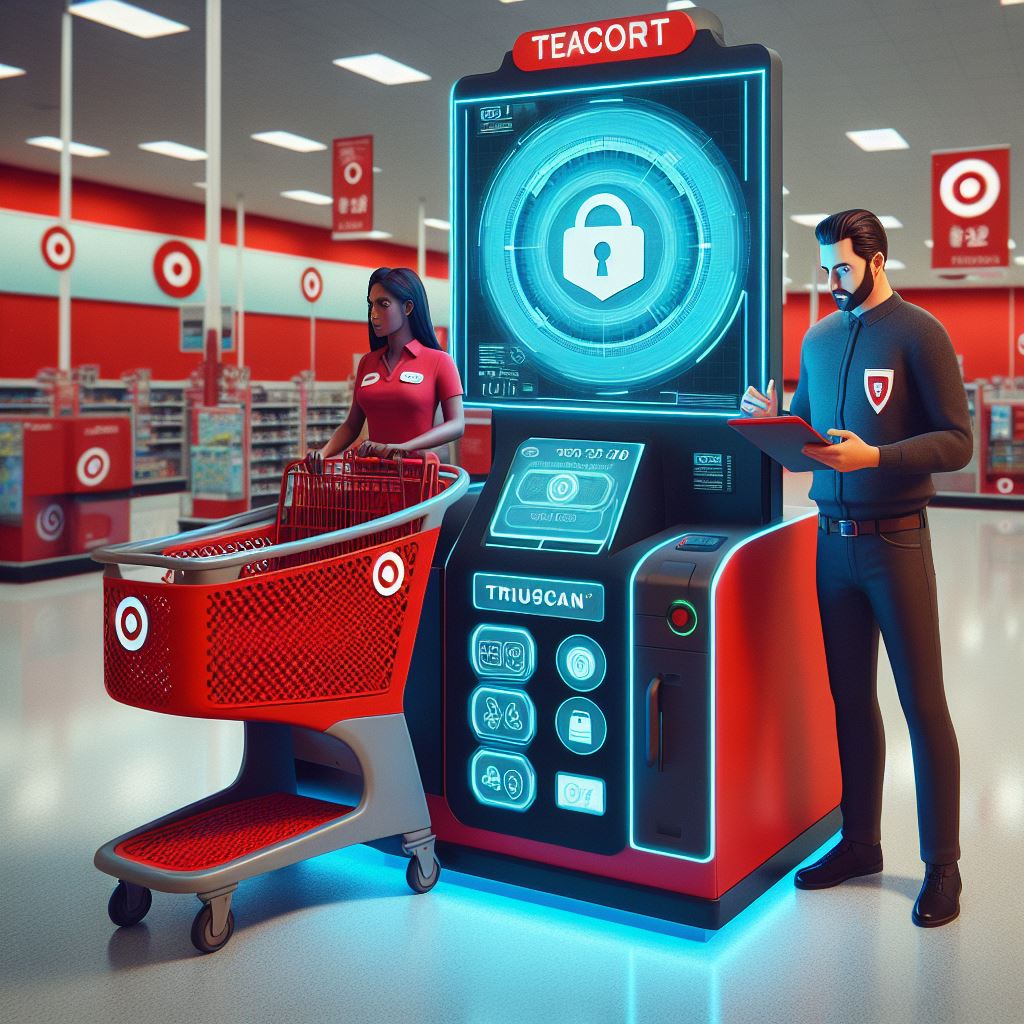
Target Tightens Self-Checkout Security with TruScan Technology
Retail giant Target is stepping up its fight against theft with the introduction of TruScan, a new technology for self-checkout lanes. This innovative system utilizes audiovisual cues to ensure all items are scanned and paid for, minimizing shrinkage and improving overall security.
TruScan: Combating Unscanned Items
According to Bloomberg, citing internal documents, TruScan employs cameras to detect scanned items and alerts shoppers if something goes unnoticed. Target has successfully piloted TruScan in select stores and plans a nationwide rollout across all U.S. locations in 2024.
This targeted approach aims to address a specific issue: customers who repeatedly neglect to scan items, even after prompts. It offers a technological solution to this challenge, enhancing security and potentially deterring dishonest behavior.

Target’s Multi-Pronged Approach to Self-Checkout
TruScan isn’t the only weapon in Target’s arsenal for self-checkout security. Last month, the company implemented the “Express Self-Checkout” initiative, limiting the number of items per self-checkout transaction to 10 or less. This encourages customers with larger purchases to utilize traditionally staffed lanes, further streamlining the checkout process.
Industry-Wide Trend: Addressing Self-Checkout Theft
Target isn’t alone in its fight against self-checkout theft. Discount retailer Dollar General recently announced the removal of self-checkout kiosks from 300 stores, highlighting the widespread issue of unscanned items.
Target’s Commitment to Customer Experience
While implementing security measures, Target remains dedicated to a positive customer experience. This is evident in their recent “Circle Week” promotions, offering deep discounts across various categories, and the launch of their premium loyalty program, Target Circle 360.
TruScan: A Step Forward for Self-Checkout Security

Target’s TruScan technology represents a significant step forward in self-checkout security. By leveraging audiovisual technology, It aims to deter theft and create a more secure shopping experience for all. This innovative approach positions Target as a leader in self-checkout security within the retail industry.
Are there any Privacy Concerns with TruScan?
TruScan, the cutting-edge technology implemented by Target Corporation (TGT), raises important questions about privacy. Let’s delve into this:
- Privacy Implications of TruScan:
- Camera Surveillance: TruScan utilizes cameras to detect unscanned items during self-checkout. While this enhances security, it also means that shoppers are constantly under surveillance.
- Data Collection: The system collects data on shopper behavior, including scanning patterns and potential discrepancies.
- User Identification: It identifies shoppers who repeatedly fail to scan items, potentially linking their behavior to personal profiles.
- Balancing Security and Privacy:
- Necessity: Target aims to prevent self-checkout theft, which is a valid concern. However, the extent of surveillance raises questions about proportionality.
- Transparency: Transparency regarding data collection, retention, and usage is crucial. Shoppers deserve to know how their information is handled.
- Consent: Did shoppers explicitly consent to being monitored in this manner? Clear communication is essential.
- Mitigating Concerns:
- Anonymization: Can TruScan anonymize data to protect individual privacy while achieving its security goals?
- Limited Retention: Implementing policies for data retention limits can reduce privacy risks.
- Opt-Out Option: Offering an opt-out for shoppers who prefer not to participate in TruScan surveillance.
In summary, while TruScan enhances security, it must be balanced with respect for shoppers’ privacy rights. Target should proactively address these concerns to maintain trust and transparency with its customers.
Remember, even in the age of technology, privacy remains a fundamental right! 🛡️🔒
Self Checkout Kiosk: Emerging Revolution in Retail Transactions





